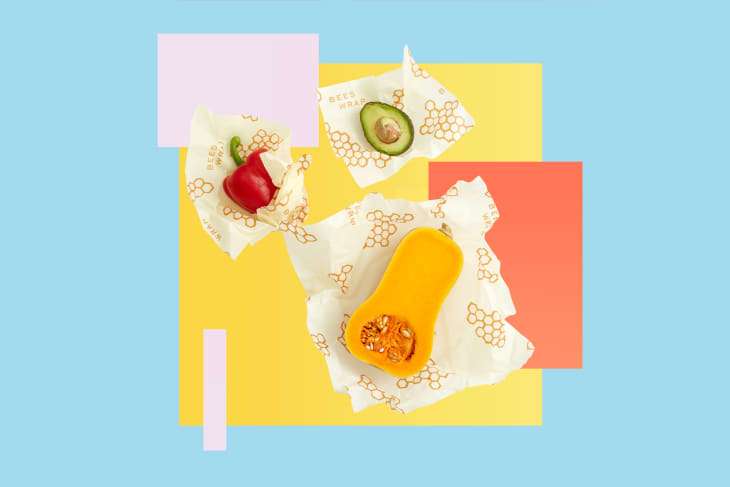There’s no denying that climate change is real —2020 alone has brought record-shattering wildfires and hurricanes. While many of the changes that must be made to counter the effects of climate change need to come from corporations, there are things you can do as a consumer to reduce your carbon footprint and help keep excess waste out of landfills. Here’s a list of easy swaps you can make the next time you head to the store.
What You Do: Buy a bottle of cleaning solution at the store every few months What’s Better: Buy one giant bottle to refill your dispenser
Many cleaning brands offer the option to buy bigger versions of your favorite products to refill your existing dispensers, which creates less waste and expense for you. Sean Busch, CEO and co-founder of organic cleaning product company Puracy says that repurchasing certain cleaning staples this way (like the ones his company manufactures) can have the potential for big savings for both you and the environment.
“Refill bags [of laundry detergent] help save the customer over 20 percent per ounce vs. purchasing the equivalent in bottles, and in the long run they save 90 percent more plastic, water, and energy,” he says. Plus, bottles that have pumps or hard plastic spouts require more materials in the manufacturing process and can be harder to recycle. Purchasing refills eliminates the added production of these pieces.
What You Do: Buy cotton balls What’s Better: Buy reusable, washable cotton bamboo pads
Cotton balls are both a beauty staple and a household necessity, which means that many people go through quite a lot of them every week. To cut back on the number of cotton balls you’re throwing away, Kailey Bradt, CEO and Founder OWA Haircare suggests using a reusable version instead. “Most cotton balls actually contain plastic fibers,” she says, adding that ones made from natural fibers (like bamboo) don’t.

What You Do: Wrap leftovers in disposable materials What’s Better: Using reusable wraps like beeswax
Eliminate the waste of plastics like cling wrap by purchasing reusable options, such as those made of beeswax. “Beeswax wraps are a great alternative to plastic wrap and help eliminate the amount of single-use plastic waste we create,” says Tori Kiss, head of operations at Cloud Paper .
What You Do: Buy a new hanging plant from a big-box hardware store What’s Better: Getting a cutting from your friend
You don’t have to run to the nursery every time you want to add a new plant to your home according to Vicky Popat, chief financial officer and tropical plant expert at fruit tree marketplace PlantOGram . Instead, you can ask a friend for a clipping of their plant and grow your own. You just need a four to five inch long stem (cut just below the leaf) and remove all but two leaves from the top of the plant using sharp scissors.
“You have to create a greenhouse, [so] grab a plastic ziplock, a rubber band, and a stick,” she says. Place the stick inside the cup and create a tent with the baggie—make sure it doesn’t touch the leaves—and then put the rubber band around the bag so it doesn’t move. You should see new growth within four to eight weeks.
What You Do: Shop for inexpensive clothes at the beginning of each season What’s Better: Invest in more durable or sustainably made clothing items
Fast fashion has been huge for the past decade, but the tide is turning on its popularity as people look for more sustainable clothing options. Companies like Jade Swimwear have been working to produce clothing items that will not only last for more than a season, but are made using fewer resources.
What You Do: Buy several small bottles of cooking supplies What’s Better: Buy in bulk and decant into a smaller container
Who among us doesn’t have several small bottles of seasoning or oils cluttering up our kitchen space? Not only does this practice create more waste each time you have to throw away one of those smaller containers, but it also means more trips to the store. “Bigger bottles are easier and more likely to be recycled,” Jeff Yorzyk, director of sustainability at HelloFresh explains.
